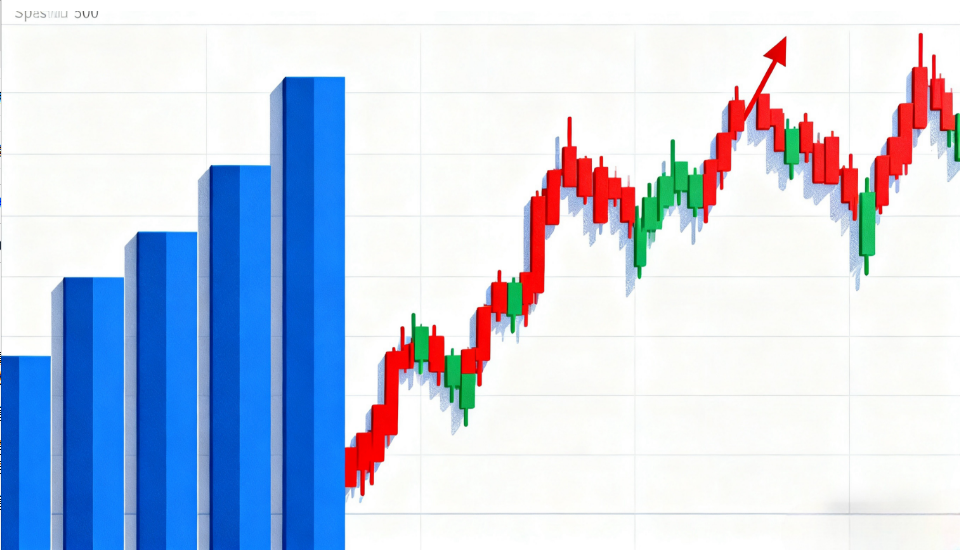
The European Securities and Markets Authority (ESMA) is actively advocating for further tightening of the EU's Markets in Crypto-Assets Regulation (MiCA), aiming to achieve stricter regulatory centralization and enforcement consistency. This move stems from the urgent need within the EU to control risks in the crypto market, particularly driven by joint calls from multiple national regulators, such as the French Financial Markets Authority (AMF), to clearly define the territorial principle for trading and execution activities under the MiCA framework. Specifically, these activities—including the operation of local order books—must be established within the EU and subject to comprehensive supervision by local regulatory authorities. ESMA's initiative could directly lead to a ban on EU crypto platforms sharing order books with non-EU exchanges not regulated by MiCA, thereby ensuring regulatory consistency and effectiveness. This potential prohibition not only reflects the EU's determination to strengthen autonomous oversight in the crypto sector but may also have far-reaching implications for the global crypto market landscape.
First, ESMA's move marks a transition for the EU from framework development to deep enforcement in crypto-asset regulation. Since its introduction, MiCA has been regarded as a milestone in global crypto regulation, designed to provide EU member states with a unified legal basis to address the rapid growth and potential risks of crypto assets. However, as the market evolves, regulatory gaps have gradually emerged, particularly in maintaining order in cross-border activities. For example, order books, as a core component of crypto trading, record detailed buy and sell orders, and their sharing mechanism was originally intended to enhance market liquidity and efficiency. But if order books involve non-EU exchanges that are not subject to MiCA regulation, it could lead to issues such as regulatory arbitrage, data security risks, and insufficient investor protection. ESMA therefore hopes to mandate the localization of such critical activities through centralized management, thereby plugging potential loopholes and ensuring all transactions operate transparently under the EU legal framework.
Second, the calls from regulators like the French AMF highlight the EU's strong emphasis on regulatory consistency. In the current crypto market, many EU platforms expand their trading pairs and liquidity pools by sharing order books with external exchanges, but this may result in mismatched regulatory standards. For instance, non-EU exchanges may follow looser rules, failing to meet the EU's stringent requirements in areas such as anti-money laundering (AML), market manipulation prevention, or data privacy. Such disparities not only threaten the rights of EU investors but could also undermine the overall effectiveness of MiCA. By restricting trading execution activities to within the EU, regulators can conduct on-site inspections, data monitoring, and emergency responses more effectively, thereby building a safer crypto ecosystem. Additionally, this change may encourage innovation and competition within the EU, as local platforms will have to strengthen their own infrastructure to replace previous cross-border collaborations.
However, this potential ban has also sparked widespread discussion and concern within the industry. On one hand, supporters argue that it can effectively prevent regulatory fragmentation and enhance market integrity. For example, following the collapse of global crypto exchanges like FTX in 2022, the EU has become more vigilant about external risks, with localized regulation seen as a key means to prevent systemic risks. On the other hand, critics point out that excessive restrictions could inhibit the global interconnectedness of the market, leading to reduced liquidity, higher transaction costs, and ultimately impacting the competitiveness of the EU's crypto industry. Particularly for small and medium-sized platforms, losing opportunities to collaborate with non-EU exchanges may force them to invest more resources in building independent order book systems, which could increase operational burdens in the short term.
From a broader perspective, ESMA's policy adjustment is not merely a technical regulatory fix but an important step under the EU's digital sovereignty strategy. As crypto assets increasingly integrate into mainstream finance, the EU is attempting to strike a balance between fostering innovation and controlling risks through regulations like MiCA. If this ban is ultimately implemented, it could encourage other regions to follow suit, forming more regionalized regulatory models and thereby reshaping how the global crypto market operates. At the same time, this also serves as a reminder to market participants, including exchanges and investors, to adapt in advance to the increasingly strict regulatory environment and prioritize compliance and localized planning.
In summary, ESMA's proposed tightening of MiCA regulations, particularly the potential ban on sharing order books with non-EU exchanges, reflects the EU's efforts to deepen and unify regulation in the crypto sector. Although this change may pose short-term challenges, in the long run, it is expected to enhance market stability and transparency, laying the foundation for the sustainable development of the EU's crypto economy. As ESMA collects feedback in subsequent consultations, the final form of this policy will serve as a bellwether for the evolution of global crypto regulation.















